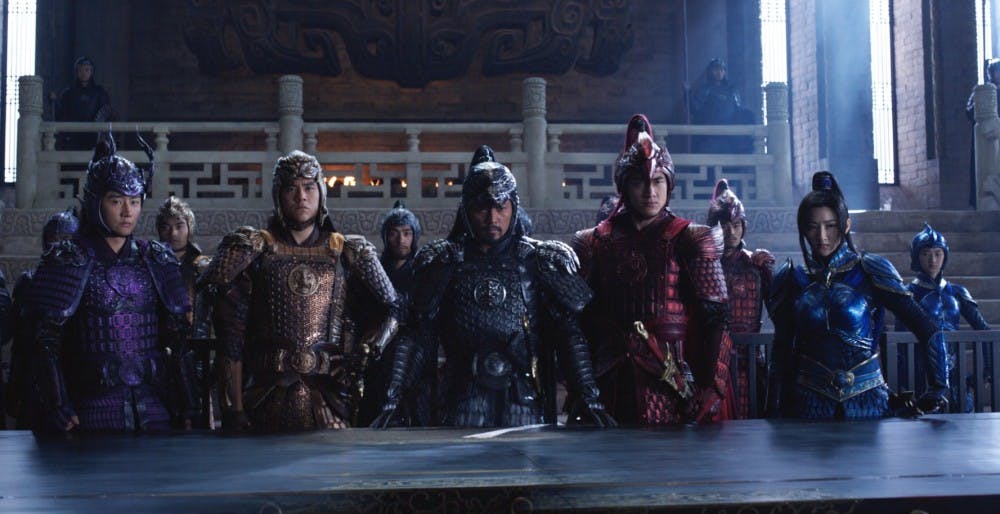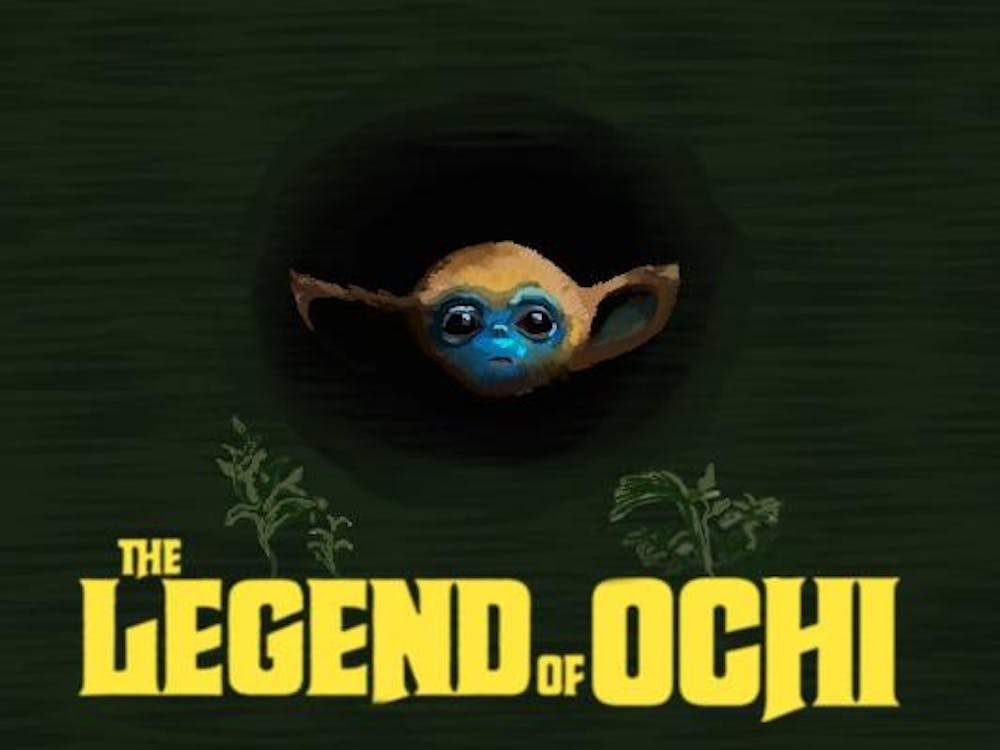Imagine kickass Chinese warriors colliding with slimy green monsters as they viciously assault the Great Wall of China. This was the pretty exciting and interesting premise promised to audiences by trailers and synopses of “The Great Wall.” Now forget what was promised and settle in.
At a two-hour runtime, “The Great Wall” wastes what seems to be the majority of the film to explain plot points and “develop” characters. However, all characters are devoid of any substance. The action scenes are the only positive element to the film, and even they left much to be desired.
This film may be halfway decent if any of the actors showed complex emotion. Matt Damon works for a paycheck as William, a sell-sword devoid of any allegiance, purpose or depth. Prepare to focus centrally on this shell of a character as he interacts with other emotionless zombies. Get creeped out by Willem Dafoe, who plays Ballard — another character devoid of depth who spends the majority of his portrayal lurking around corners.
Tian Jing brings a more serious attempt at characterization in her role as Commander Lin Mae, though she too comes off as emotionally stunted. There is, however, one performance that rises slightly above the rest. Pedro Pascal’s portrayal of Tovar brought humor and realism to a cold, lifeless film. It seems more likely that Tovar slipped in from another movie than from the same screenplay as the ensemble.
If looking for even a halfway decent plot, the audience has come to the wrong place. Suffer through what may very well be an ‘80s video game plot and fight the waves of invaders with better technology the further you advance. If only the screenwriters had stripped down the clunky script to focus more on the waves of monsters, the film could have at least been an exciting thriller.
Monsters make good baddies — there are no limits to what your monster can do or look like. This freedom can be both a blessing and a curse. On one hand, extremely motivated and creative designers can create the unimaginable. On the other hand, monetarily motivated and test-group film execs often create monsters that just work.
In this case, the monsters from “The Great Wall” are the central focus of the film. As such, these monsters should be vicious, dangerous and above all, captivating. The audience should be stimulated watching these mysterious beasts arise, yet “The Great Wall” throws together dog-like green beasts with eyes on their shoulders. Their appearance does not shock or incite anything.
The film seems to mercilessly remind the audience of its mediocrity and wasted potential. In no way, shape or form does “The Great Wall” deserve to tarnish the seventh wonder’s history — or fake history.







